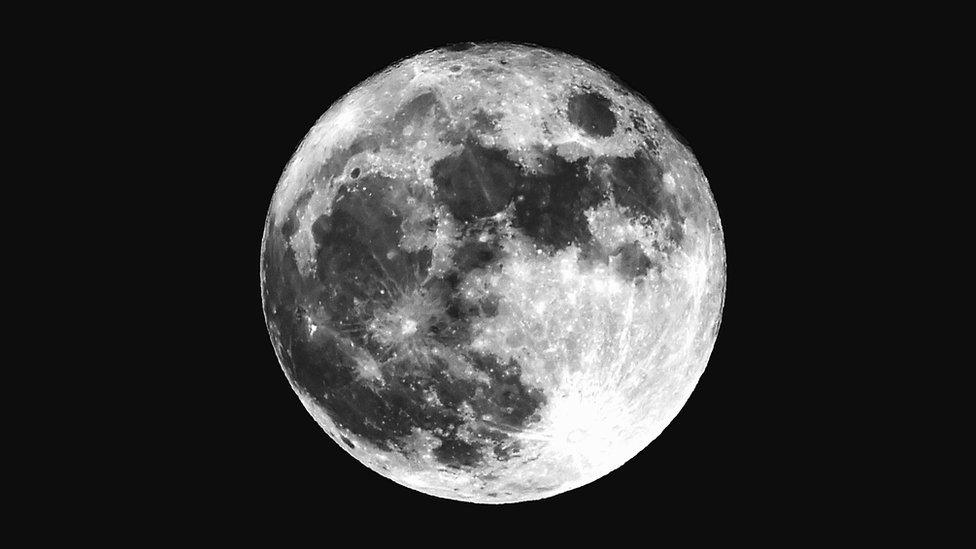Space News: What's happening as 2020 comes to an end?
- Published
- comments
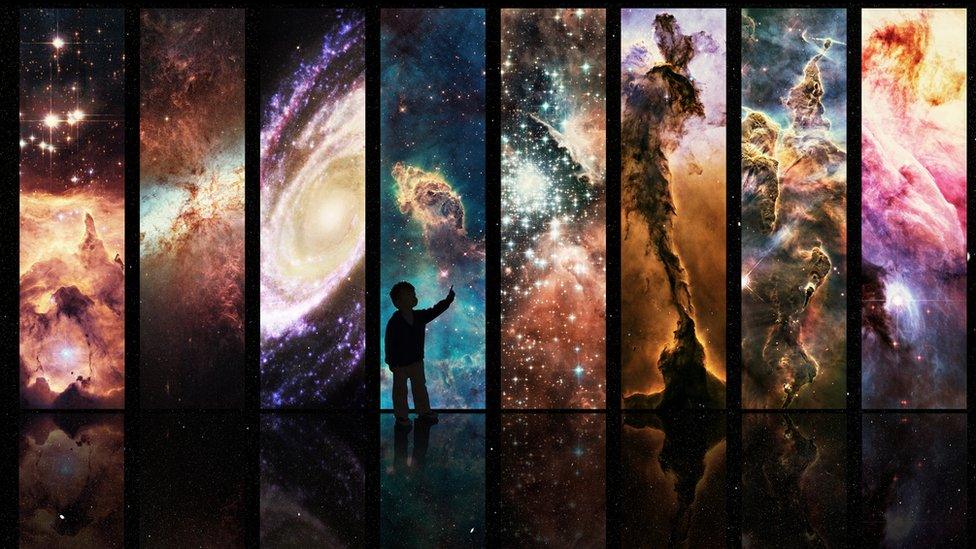
The year 2020 has been a bit different to most years, but 2020 in space has been out of this world.
There have been supermoons,historic rocket launches and even a ten second mission to an asteroid.
But, as 2020 comes to an end, the skies still have a few treats left for us.
December skies promise two meteor showers, a winter solstice, a planet conjunction and even a total solar eclipse (depending on where you are in the world).
So what can we expect?

Did you know? Meteor showers happen when many meteors seem to come from one point in the night sky. These meteors are caused by meteoroids entering Earth's atmosphere at very fast speeds and on parallel paths.
Geminid meteor shower
The Geminid meteors have been described by some as "one of the best meteor showers of the year."
It will be happening from 4 - 14 December, but the best night to catch this star show will be 13 December.
But don't worry if you miss it because you can catch it again in the early hours of 14 December.
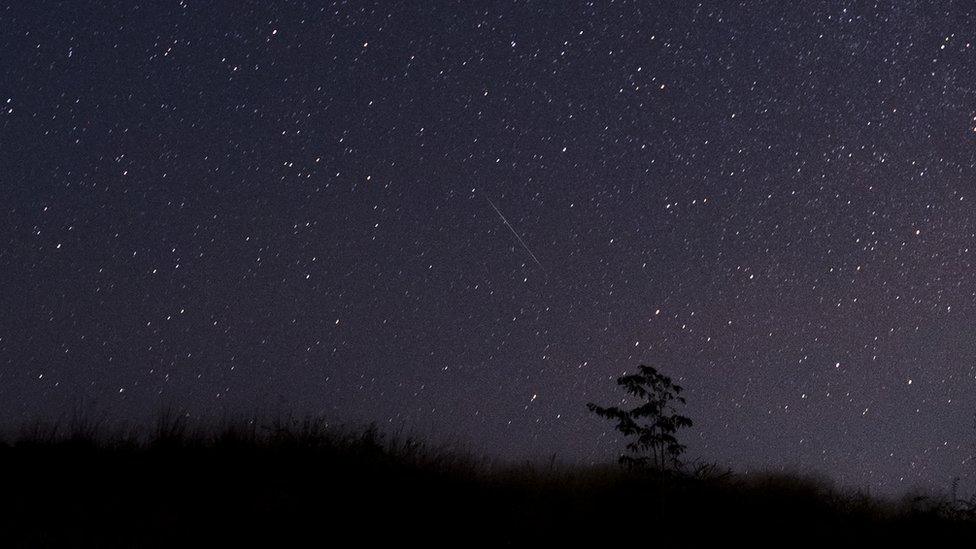
Most meteors are the same size as a grain of sand, so most of them burn up in the sky and never get to Earth. This photo was taken of the 2018 Geminid shower.
The shower will be at its most visible at the same time as the new Moon. This means the meteors will be extra bright because they won't be sharing the sky with the light from the Moon.
It's expected that there will be 50 meteors per hour and the best time to watch is super early at 2am!
Total solar eclipse
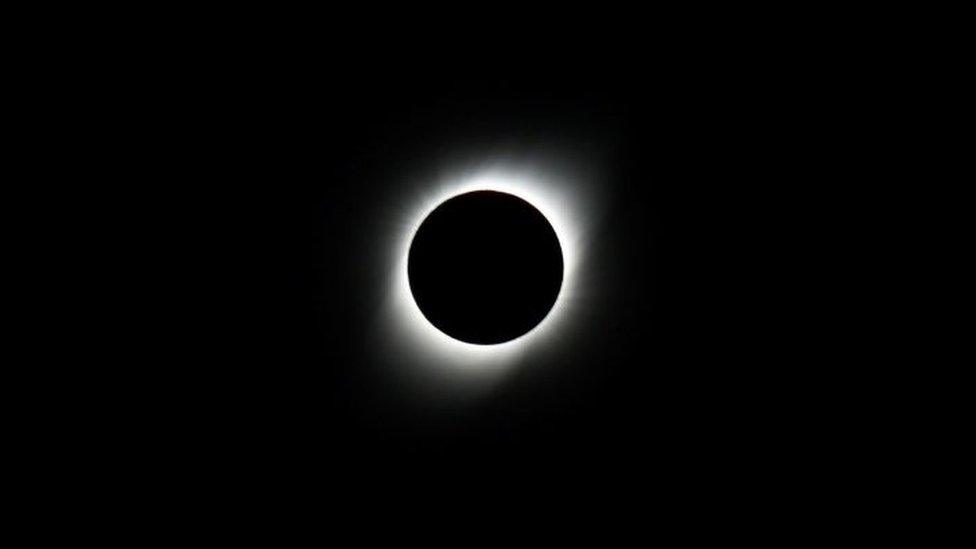
Did you know? Total solar eclipses cannot be seen from the North and South Pole, only partially seen!
Monday 14 December is a big day for budding astronomers because there will be a total solar eclipse.
However, it will only be visible to those who live in the Southern hemisphere in places like Australia, Asia, South America and Antarctica!
A total solar eclipse is when the Moon directly passes across the Sun.
Ursid meteor shower

The Ursid meteor shower will be the last meteor shower of 2020!
It will be at its most visible on 21 December but will be happening from 17-26 December.
However it has been suggested that even at its peak, the Ursid shower may not be as bright as the Geminid shower.
The winter solstice
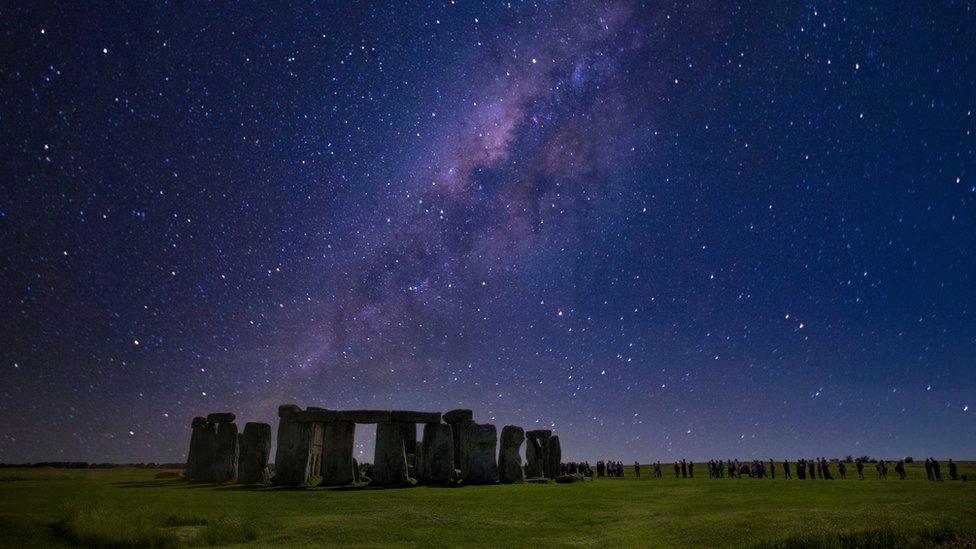
The winter solstice is on 21 December.
The date is the 24-hour period with the fewest hours of daylight in the year, which is why it is known as the shortest day and longest night. Having a longer night makes it particularly significant for astronomers.
It happens when the North Pole is tilted furthest away from the Sun as the Earth continues on its orbit - which is why it's winter in the Northern hemisphere at this time of the year.
In the southern hemisphere it's exactly the opposite story - the South Pole is pointing towards the Sun, making it summertime in Australia.
Winter solstice has been celebrated in cultures the world over for thousands of years. In the olden days it was known as Yule, and was a celebration of light and the rebirth of the Sun.
Great Conjunction of Jupiter and Saturn
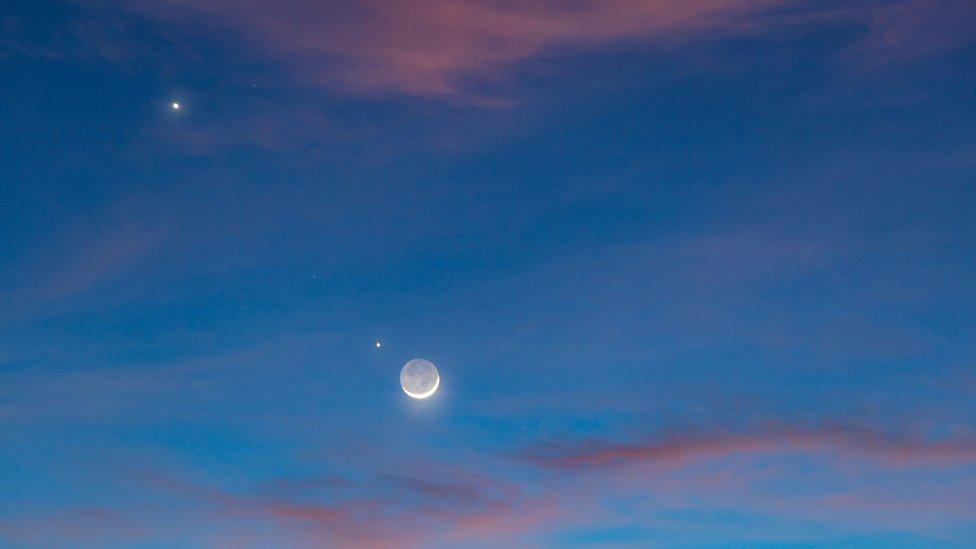
This is from 2019 and is the conjunction of Moon (with Earth shine), Venus and Jupiter
Get ready for a busy night on 21 December because there is set to be a 'great' conjunction.
A conjunction is a stargazing term for when planets or other celestial bodies - objects that are natural and visible in the sky - appear as if they are next to one another when we look up from Earth.
This conjunction will be the closest Great Conjunction of Jupiter and Saturn there has been in 397 years.
The two planets will be within 0.1 degree of each other - which is around one fifth of the Moon's diameter.
If you want to catch this rare event you are best looking west after sunset - the two planets will appear in the sky as one big bright double planet.
Some are calling this a 'Christmas Star'!
And to end it all...a full moon!
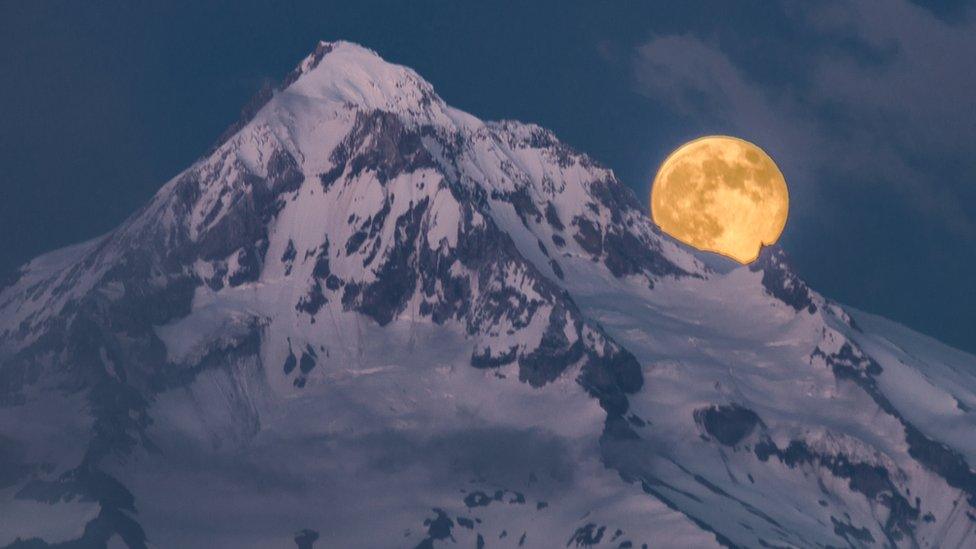
The final moon of the year will be a full one and is known as a cold moon!
It can also be called the Long Nights Moon and the Moon before Yule.
In ancient times, it was common to track the changing seasons by following the lunar month rather than the solar year, which the 12 months in our modern calendars are based on.
What are you most looking forward to seeing in the skies in December 2020? Let us know in the comments.
- Published3 November 2020
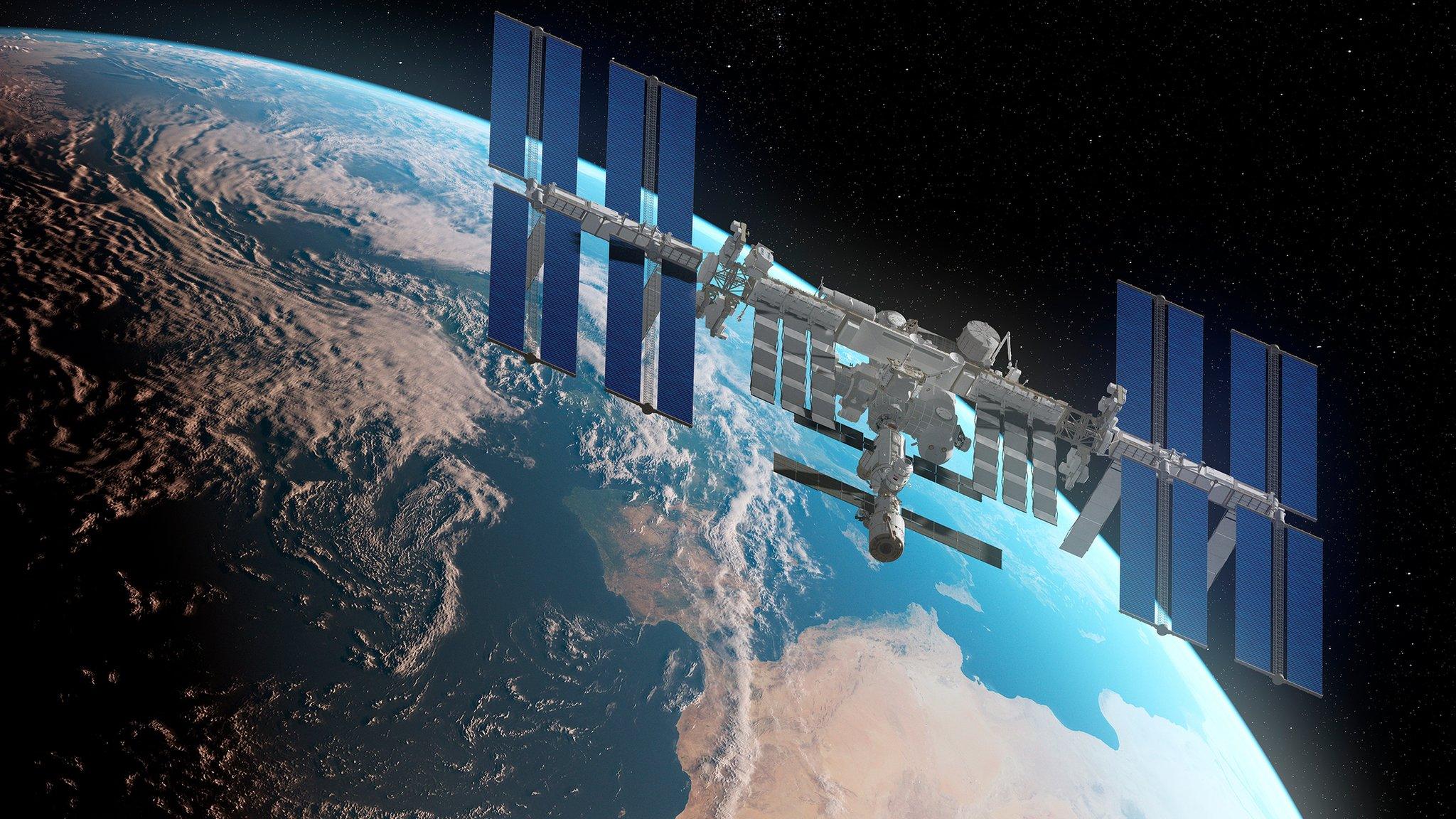
- Published17 November 2020
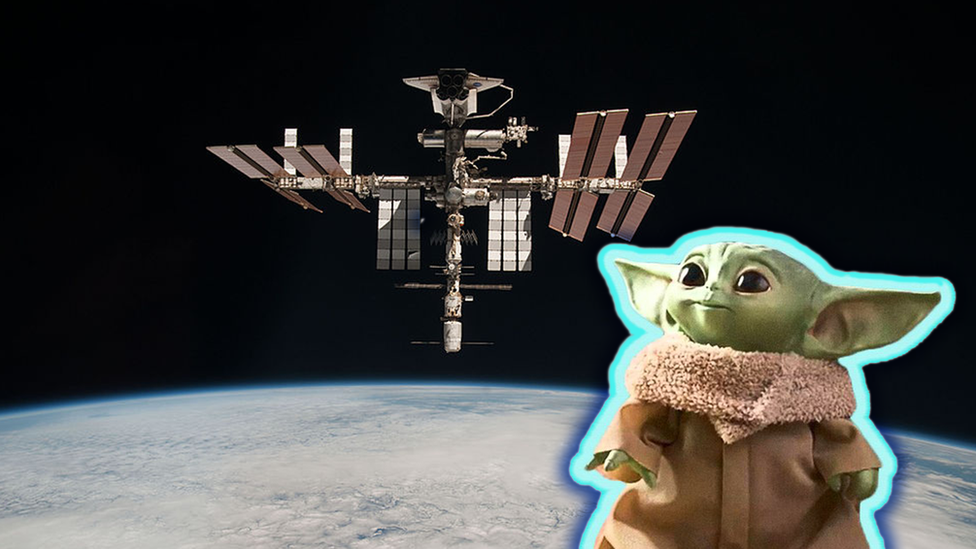
- Published5 December 2020
